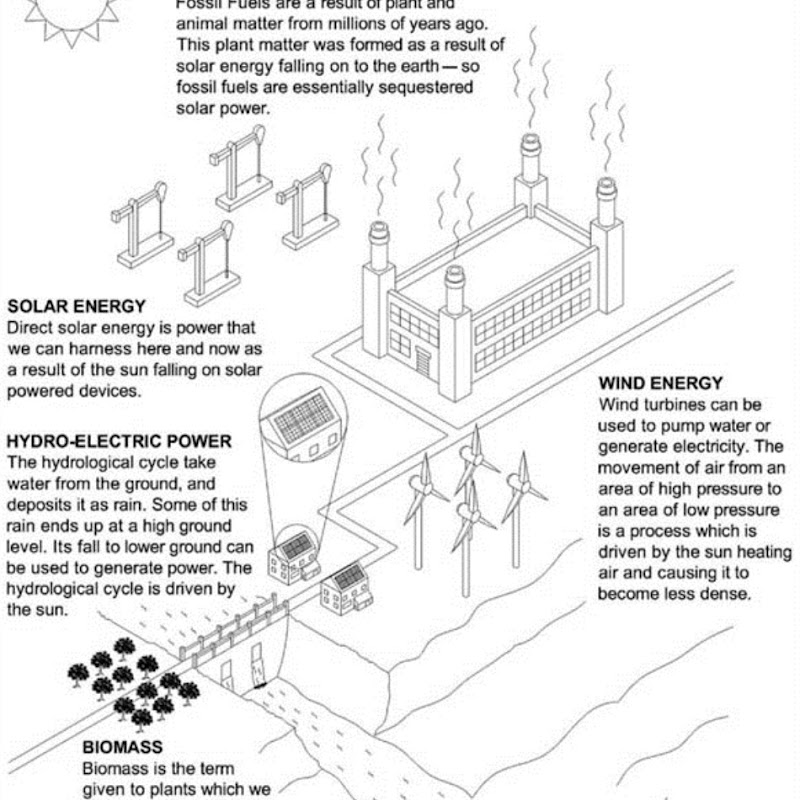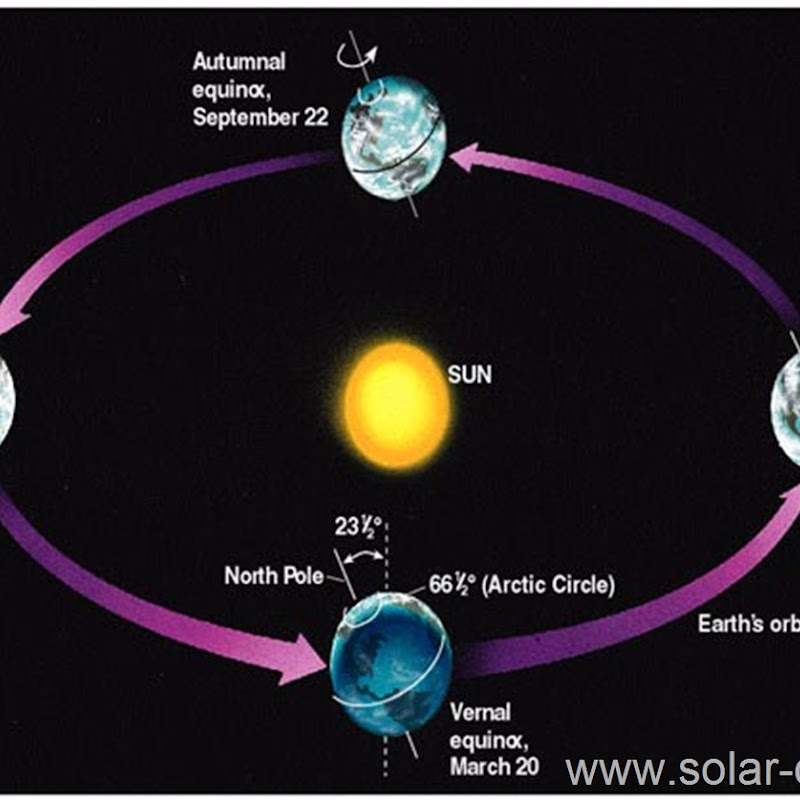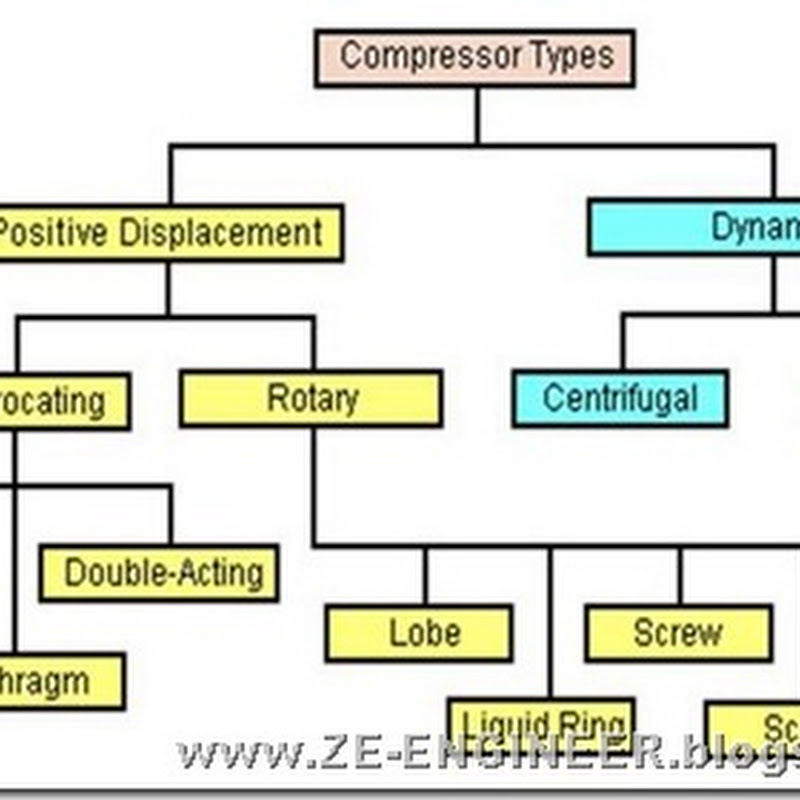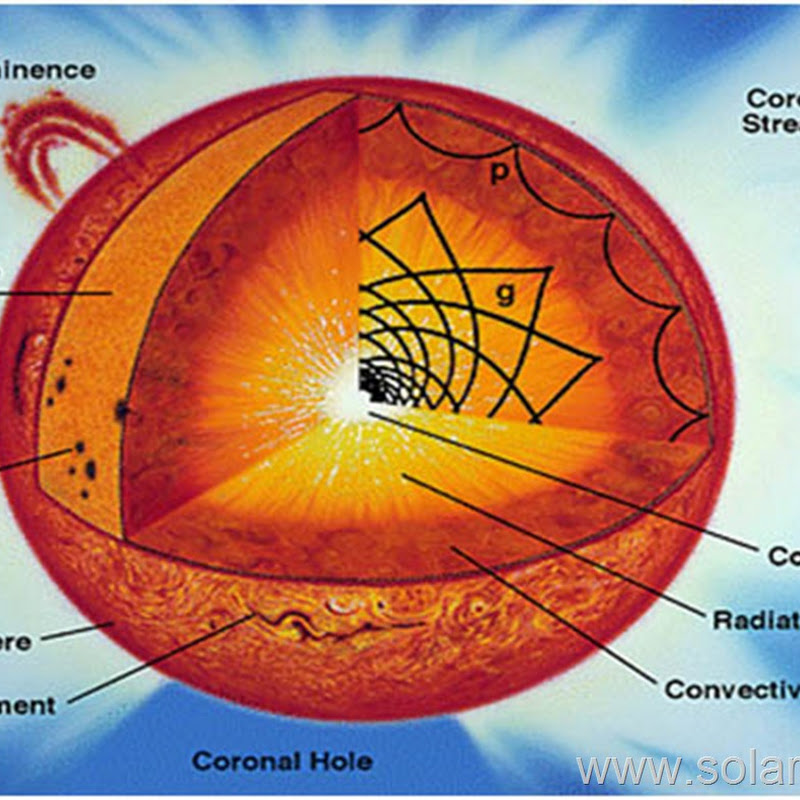Solar Radiation Data necessary to go Solar
when you decide going solar it's easy to pay for a specialist to install your solar device, but if you want to do it yourself, you are now in the right place.
there are two issues to know as a start.
1st: what is solar radiation and what data you will need? Answered in this topic.
2nd: position and best angle for solar panels or solar device to install? see here
simply...to answer the first question (solar radiation data). we need first to know What is solar radiation?
 The Earth receives energy from the sun by way of radiated energy. This radiated energy is carried by tiny particles having no mass called photons. Photons behave like waves and, as such, have a characteristic wavelength, frequency, and energy. It is the energy of these photons that is used in photovoltaic cells to excite electrons so that an electrical current can be produced.
The Earth receives energy from the sun by way of radiated energy. This radiated energy is carried by tiny particles having no mass called photons. Photons behave like waves and, as such, have a characteristic wavelength, frequency, and energy. It is the energy of these photons that is used in photovoltaic cells to excite electrons so that an electrical current can be produced.
All energy carried by photons is referred to as electromagnetic (EM) energy and spans all possible values for wavelength and frequencies. Ranges of this spectrum—from shortest wavelength to longest—are referred to as gamma rays, X-rays, ultraviolet, visible light, infrared, microwaves, and radio waves.
However, different types of stars produce differing amounts of energy in each region of the spectrum. Our sun emits more photons in the visible light and surrounding regions than in any other part of the EM spectrum. This phenomenon may be why our eyes have evolved to see that part of the EM spectrum and not microwaves, gamma rays, or any of the other wavelengths that are emitted at lower intensities by our sun.
The Earth’s atmosphere protects us from the higher-energy forms of light, such as ultraviolet rays. In fact, the existence of life on Earth would be far less likely if these more damaging forms of energy were more abundant. The terrestrial spectrum in Left Figure describes the light that actually reaches the Earth’s surface after passing through the atmosphere. Notice that there are various wavelengths in which the number of photons is greatly reduced as compared to the space solar spectrum. This difference is due to photons being absorbed by atmospheric gases, the best known being ozone (O3), which absorbs higher-energy (lower-wavelength) ultraviolet light below 400 nm. Photons with wavelengths near 900, 1100, and 1400 nm are absorbed by water vapor in the atmosphere.
Now, how can we measure solar power (solar flux)? It's measured by the unit (Watt/m2) or (Btu/ft2*h) depending on the unit used commonly in your country.
To measure it - there is a digital device called (Solar power meter) It's shown in the Left figure and it has also other shapes but this one is common.
It's shown in the Left figure and it has also other shapes but this one is common.
by using solar power meter you can measure solar power per square meter The sun gives at the moment and place you are now.(Watt/m2) Of course the amount of power changes by time all over the day.
If you want to be a professional it's recommended to own one - It's easy to get one online from a trusted market like Amazon and we recommend This solar power meter to you. But is there any other way to know nearly the solar power per square meter amount without owning a solar power meter? Of course yes. But you can't get an exact number with it. You can get a range.
Look at the annual world solar energy map below.
You can see that each color represents a range of energy that the place collects all over the year with the unit (KWh/m2) per year.
and to get more accurate number I recommend you to use this online tool.
If you have a problem with understanding any thing feel free to let your comment.
We never forget to recommend you that having a clean world and powerful energy sources is the responsibility of all of us. So as you are here you must play your role by sharing this topic with your friends. We know that your dream is to see our world as a large solar city.
there are two issues to know as a start.
1st: what is solar radiation and what data you will need? Answered in this topic.
2nd: position and best angle for solar panels or solar device to install? see here
simply...to answer the first question (solar radiation data). we need first to know What is solar radiation?
 The Earth receives energy from the sun by way of radiated energy. This radiated energy is carried by tiny particles having no mass called photons. Photons behave like waves and, as such, have a characteristic wavelength, frequency, and energy. It is the energy of these photons that is used in photovoltaic cells to excite electrons so that an electrical current can be produced.
The Earth receives energy from the sun by way of radiated energy. This radiated energy is carried by tiny particles having no mass called photons. Photons behave like waves and, as such, have a characteristic wavelength, frequency, and energy. It is the energy of these photons that is used in photovoltaic cells to excite electrons so that an electrical current can be produced.All energy carried by photons is referred to as electromagnetic (EM) energy and spans all possible values for wavelength and frequencies. Ranges of this spectrum—from shortest wavelength to longest—are referred to as gamma rays, X-rays, ultraviolet, visible light, infrared, microwaves, and radio waves.
However, different types of stars produce differing amounts of energy in each region of the spectrum. Our sun emits more photons in the visible light and surrounding regions than in any other part of the EM spectrum. This phenomenon may be why our eyes have evolved to see that part of the EM spectrum and not microwaves, gamma rays, or any of the other wavelengths that are emitted at lower intensities by our sun.
The Earth’s atmosphere protects us from the higher-energy forms of light, such as ultraviolet rays. In fact, the existence of life on Earth would be far less likely if these more damaging forms of energy were more abundant. The terrestrial spectrum in Left Figure describes the light that actually reaches the Earth’s surface after passing through the atmosphere. Notice that there are various wavelengths in which the number of photons is greatly reduced as compared to the space solar spectrum. This difference is due to photons being absorbed by atmospheric gases, the best known being ozone (O3), which absorbs higher-energy (lower-wavelength) ultraviolet light below 400 nm. Photons with wavelengths near 900, 1100, and 1400 nm are absorbed by water vapor in the atmosphere.
Now, how can we measure solar power (solar flux)? It's measured by the unit (Watt/m2) or (Btu/ft2*h) depending on the unit used commonly in your country.
To measure it - there is a digital device called (Solar power meter)
 It's shown in the Left figure and it has also other shapes but this one is common.
It's shown in the Left figure and it has also other shapes but this one is common.by using solar power meter you can measure solar power per square meter The sun gives at the moment and place you are now.(Watt/m2) Of course the amount of power changes by time all over the day.
If you want to be a professional it's recommended to own one - It's easy to get one online from a trusted market like Amazon and we recommend This solar power meter to you. But is there any other way to know nearly the solar power per square meter amount without owning a solar power meter? Of course yes. But you can't get an exact number with it. You can get a range.
Look at the annual world solar energy map below.
You can see that each color represents a range of energy that the place collects all over the year with the unit (KWh/m2) per year.
and to get more accurate number I recommend you to use this online tool.
If you have a problem with understanding any thing feel free to let your comment.
We never forget to recommend you that having a clean world and powerful energy sources is the responsibility of all of us. So as you are here you must play your role by sharing this topic with your friends. We know that your dream is to see our world as a large solar city.













0 التعليقات: